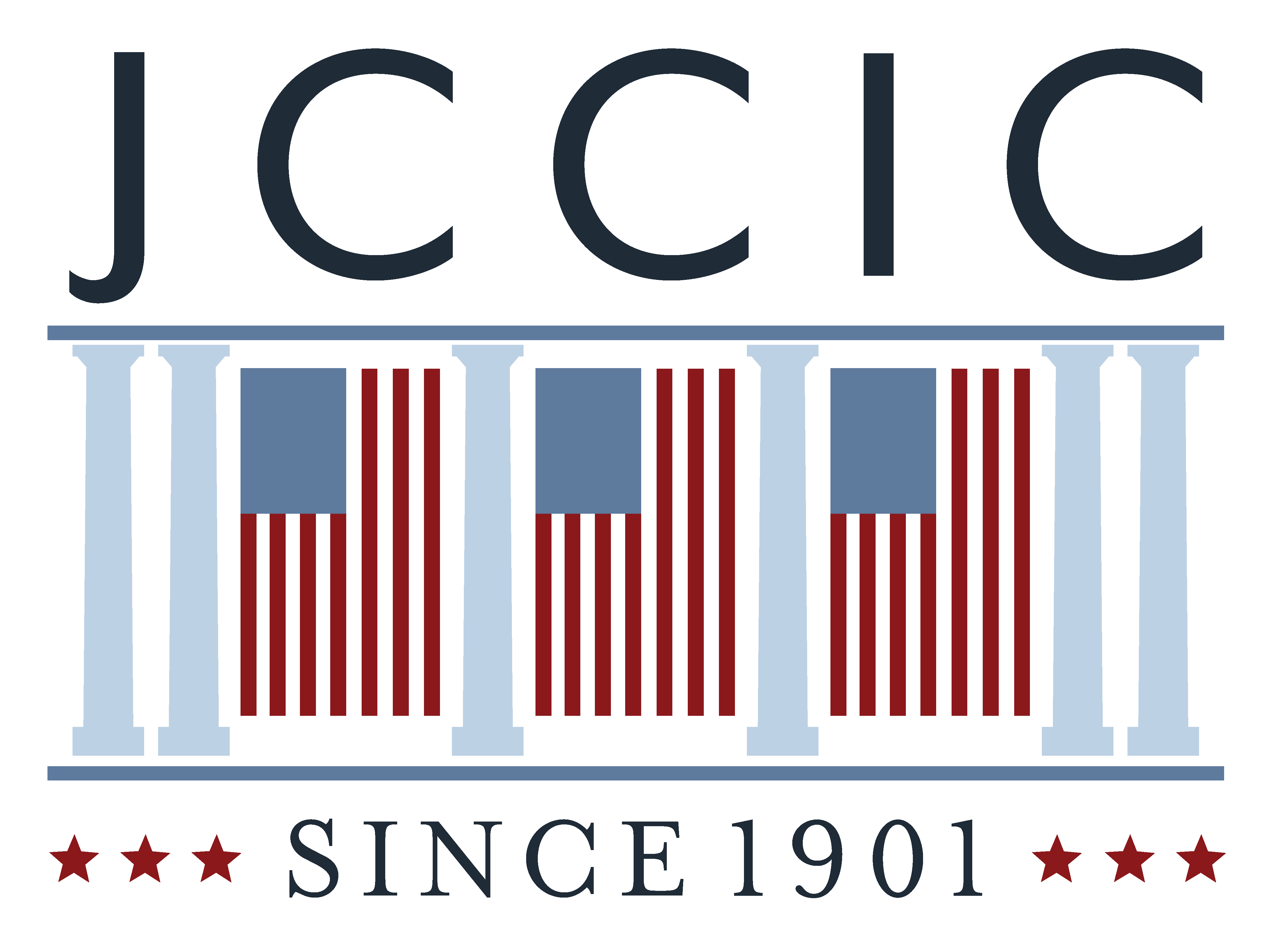UNIQUELY AMERICAN:
The Inaugural Tradition and the Promise of a More Perfect Union
The theme of the 58th Presidential Inauguration, “Uniquely American,” recognizes the symbolic importance of today’s event. We may consider it routine, but the inaugural ceremony remains a uniquely American expression of our constitutional system. The peaceful transition between presidential administrations signals that we are united as a people behind an enduring republic.
For the inaugural ceremonies, five flags adorn the West Front of the Capitol. The flag of the United States is displayed in the center. To its immediate left and right are flags with thirteen stars representing the original colonies, including the colony of New York. The design of this flag is often attributed to Francis Hopkinson, a member of the Continental Congress. The two outer flags, popularly known as the “Betsy Ross flag,” appeared in the early 1790s.
When the framers of the United States Constitution crafted our founding document, they proclaimed that “We, the People” were creating a new form of government “in order to form a more perfect Union.”
Today, as we celebrate the inauguration of the 45th President of the United States, we honor this uniquely American constitutional quest. The peaceful transition between presidential administrations signals that we are united as a people behind an enduring republic.
In 1981 the inaugural ceremony struck President Ronald Reagan as being both commonplace and miraculous. “The orderly transfer of authority as called for in the Constitution routinely takes place, as it has for almost two centuries, and few of us stop to think how unique we really are,” he said in his address. “In the eyes of many in the world, this every-four-year ceremony we accept as normal is nothing less than a miracle.”
The inaugural ceremony may be a routine event, but it remains a unique symbol of our constitutional system.
The framers of our Constitution understood that the government they had created was imperfect, crafted from a series of compromises, and that perfection would be elusive. “I never expect to see a perfect work from imperfect man,” explained Alexander Hamilton.
The framers also recognized that, for our government to endure, it must have the ability to improve itself, to evolve in form and function, and to be guided by new ideas and new personalities. To accommodate that need, they provided for constitutional amendments, for the regular election of officials, and for the routine transfer of power.
At the end of the 18th century, it was widely believed that our republican form of government was best suited to small, homogenous societies. However, the United States rapidly grew in the 19th century — in geography and population — and our system of government demonstrated its remarkable ability not just to accommodate that diversity, but to draw strength from it.
In his second inaugural address in 1805, President Thomas Jefferson commented on the acquisition of the Louisiana Purchase. “The larger our association,” he insisted, “the less will it be shaken by local passions.” Jefferson’s faith in “association” across space would ultimately depend on knitting together the far-flung communities of the nation.
President James Monroe, in his 1817 inaugural address, envisioned a network of roads and canals that would cultivate national unity. “By thus facilitating the intercourse between the States…we shall shorten distances, and, by making each part more accessible to and dependent on the other, we shall bind the Union more closely together.”
By the end of the 19th century, the nation’s towns and cities were linked by roads, canals, and railroads, followed by telegraph and telephone wires. Modern infrastructure expanded in the 20th century, in the form of national highways, and in the 21st century with Internet cables and wireless communications. Vast distances have been considerably reduced while knowledge, opportunity, and the shared ideals of purpose, ingenuity, and equality have been significantly expanded.
These greater connections have required bridging the gap between competing political and ideological visions, while protecting the political and civil rights of all Americans. Through amendments to the Constitution, the phrase, “We, the People” has been redefined by extending citizenship and expanding voting rights, reflecting the realization that a nation cannot strive for perfection unless it embraces the full participation of its citizens.
With each inauguration we embrace this uniquely American ceremony, seeing in this extraordinary ritual a reflection of the nation itself. In times of peace or war, of prosperity or crisis, inaugurations strengthen the national resolve to meet each new challenge.
“With malice toward none, with charity for all,” President Abraham Lincoln proclaimed in his second inaugural address, delivered during the waning days of the Civil War, “let us strive on to finish the work we are in, to bind up the nation’s wounds.”
During the depths of the Great Depression, President Franklin Roosevelt declared his 1933 inauguration a “day of national consecration,” in which “we face the arduous days that lie before us in the warm courage of national unity.”
President George H. W. Bush observed in 1989 that on inauguration day, “we remember that we are all part of a continuum, inescapably connected by the ties that bind.”
“At the dawn of the 21st century,” as President William Clinton proclaimed in his 1997 address, Americans had to “shape the forces of the information age and the global society, to unleash the limitless power of all our people, and yes, to form a more perfect Union.”
On January 20, 2017, we gather at the U.S. Capitol, the home of the legislature, along with the executive, represented by the President, and the judiciary, embodied by the Chief Justice of the United States who administers the oath. It is a meeting of the three branches of the federal government, before the people, to observe the simple yet momentous ritual of presidential oath taking.
Today, “We, the People” reaffirm a uniquely American foundation in popular sovereignty, while recommitting ourselves to the pursuit of “a more perfect union.”

